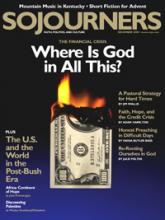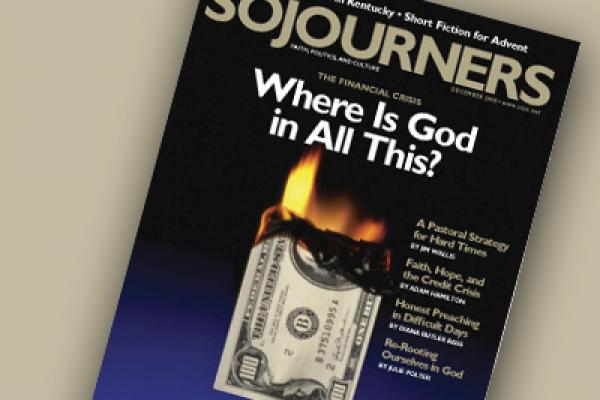Forgive a typical American if she were to pay a visit to the West African nation of Sierra Leone and be confused by her surroundings. If she had ever heard of Sierra Leone before, it might have been while watching the movie Blood Diamond, which graphically depicted some of the worst depredations of the conflict there, such as the rebel group RUF’s amputation of limbs, the drug-crazed child soldiers, and the links between criminal diamond-dealing mafias and the war economy.
If this visitor to Sierra Leone had been reading occasional international news missives over the years, she might have remembered something about a rebel group that hacked the limbs off civilians to punish them for voting, or perhaps might have remembered that al Qaeda laundered money in the Sierra Leone diamond market before and after 9/11 to hide its assets.
Given that context, she certainly would have been quite astounded to have joined me on my visit to Tongo Fields in eastern Sierra Leone, the heart of the diamond-producing area and the site of some of the most intense fighting and horrific atrocities in the last century in Africa. What she would have seen in fact defied all expectations—the kind of low expectations that have come to mark international attitudes toward Africa in general.
Tongo Fields is a place crawling with former child soldiers, heavily contested by three political parties in last year’s election, and placed at further risk by a winner-take-all electoral process that dictates access to diamond profits as a result of victory at the polls.
Before Sierra Leone’s historic 2007 election, every conflict indicator was flashing a red alert. Africa “experts” around the world were predicting that Sierra Leone, only half a decade after the end of its brutal civil war, was perhaps heading back down an inevitable road toward a return to war.
Read the Full Article

